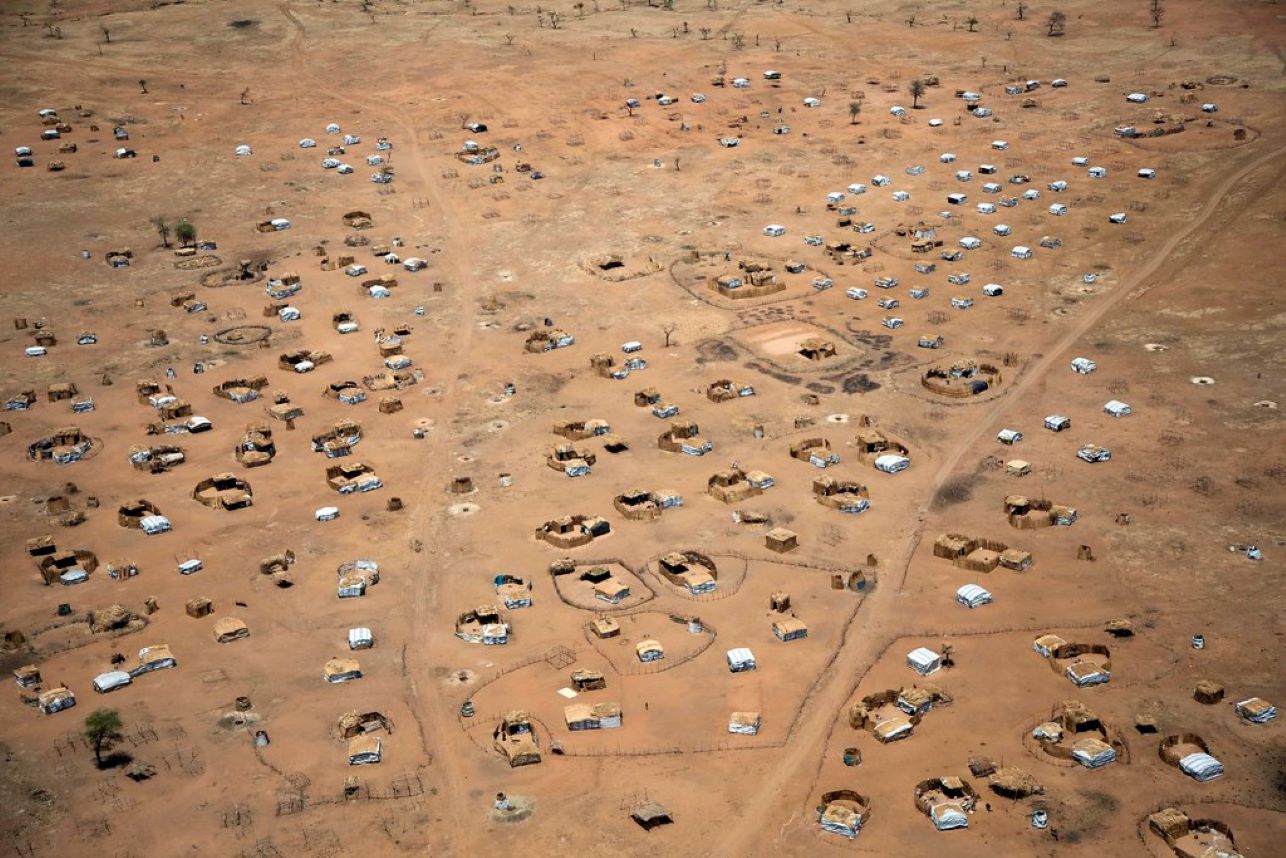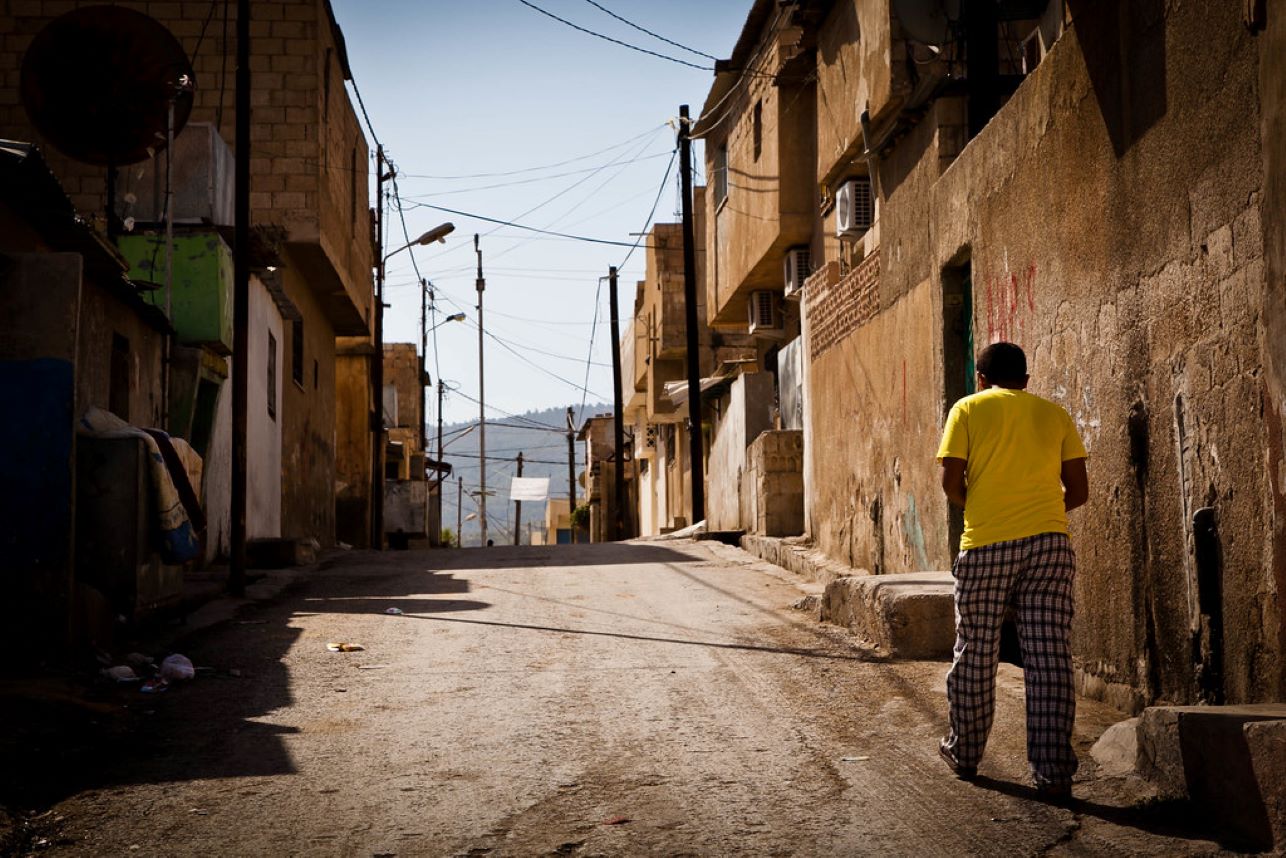Humanitarian Planning and Housing
We create knowledge to serve the housing needs of displaced populations worldwide through environmentally and socially sustainable humanitarian planning. Our projects in this research field are:
The Humanitarian Planning Hub at SPUR is a hub for the co-creation of knowledge between academia and practice to serve the housing needs of displaced populations worldwide through environmentally and socially sustainable humanitarian planning.

Challenge
By the end of 2021, external page 83.9 million people worldwide faced forced displacement. This number has not been higher since World War II and continues to rise due to the climate crisis. Providing housing for displaced populations is one of the most pressing challenges after displacement. However, humanitarian housing means more than providing shelter. Adequate housing solutions and humanitarian settlements that are socially, economically, and ecologically viable build the foundation of dignified living conditions and a recovery path for communities affected by conflict or disaster.
Humanitarian settlements are the core of meaningful support for displaced people, with refugee camps being the standard tool for providing shelter. Nevertheless, only about one-third of displaced people live in refugee camps; many displaced people settle in urban areas relying on the local housing markets or informal accommodation. Yet, there is little understanding of and research on urban policies and planning solutions to humanitarian urban housing, especially regarding their long-term social, economic, and environmental risks and impacts.
Moreover, although perceived as temporary solutions, refugee camps often persist for decades, transforming into complex urban areas particularly exposed to societal and environmental stressors. Humanitarian settlements, therefore, create tension between temporality and permanence while constantly interacting with their surrounding sociospatial environment. Hence, we believe that urban research at the interface of integrated spatial planning practice, migration, and the climate crisis can improve the living conditions of displaced populations worldwide.
Research Questions
Based on these challenges in humanitarian housing and planning, the Humanitarian Planning Hub addresses four key research questions:
- What innovative housing solutions may support the living conditions of displaced populations in refugee camps and, especially, in cities?
- How do humanitarian housing solutions affect the sustainability of societal and environmental systems - and vice versa?
- How can hazard risk mitigation and management become an integrated part of socially and environmentally just housing solutions for displaced people?
- What can sustainable transitions between humanitarian and development strategies look like in the context of humanitarian housing?

Profile
The Humanitarian Planning Hub combines academic research and technical innovation to support the sustainable planning of humanitarian settlements. It engages with the sociospatial and environmental complexities from an urban planning, social science, and engineering perspective.
It is a hub for academics at ETH and beyond and practitioners to co-create and apply interdisciplinary knowledge, tools, and technologies to serve displaced populations worldwide.
At the same time, the hub develops a research agenda around humanitarian planning that focuses on housing and hazard risk mitigation and management in camps as well as urban settings at the transition of humanitarian aid to development cooperation.